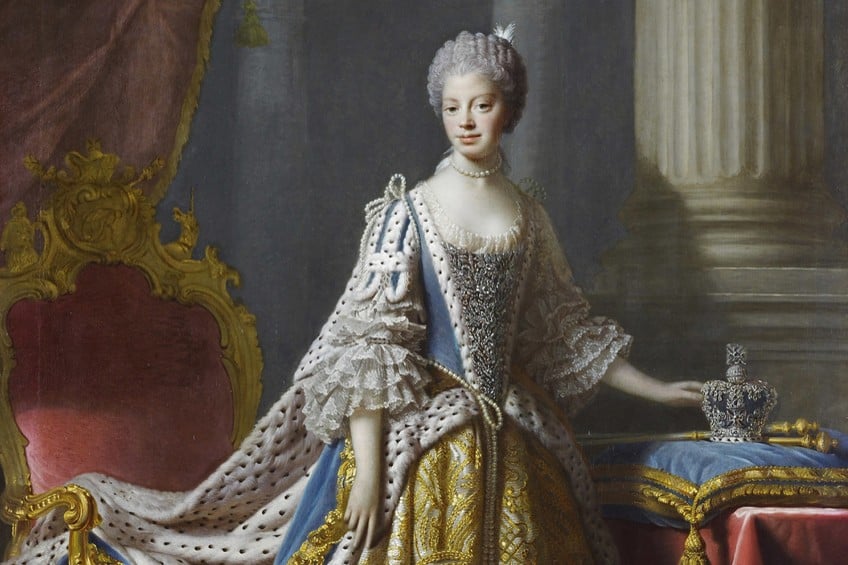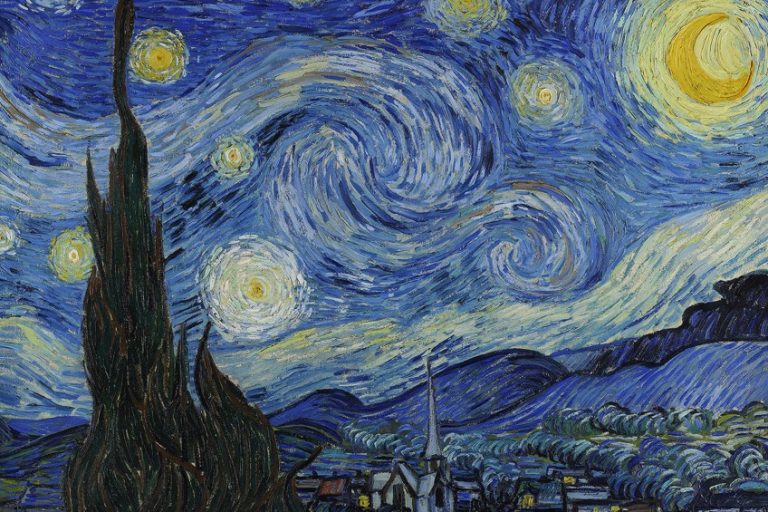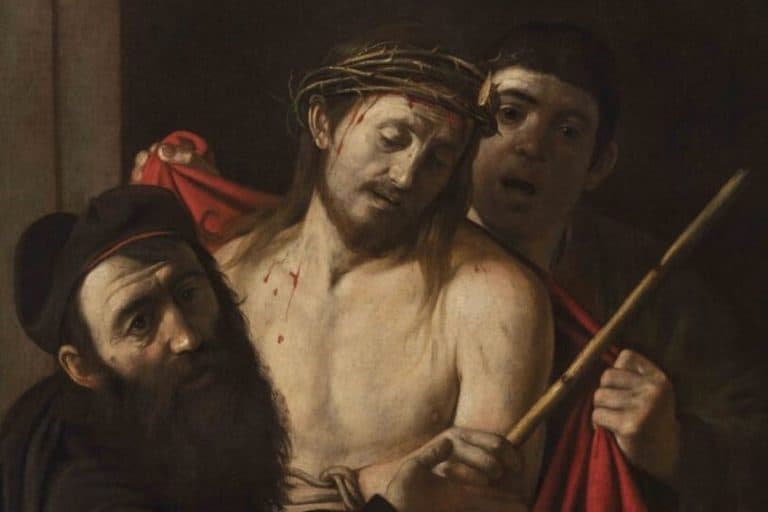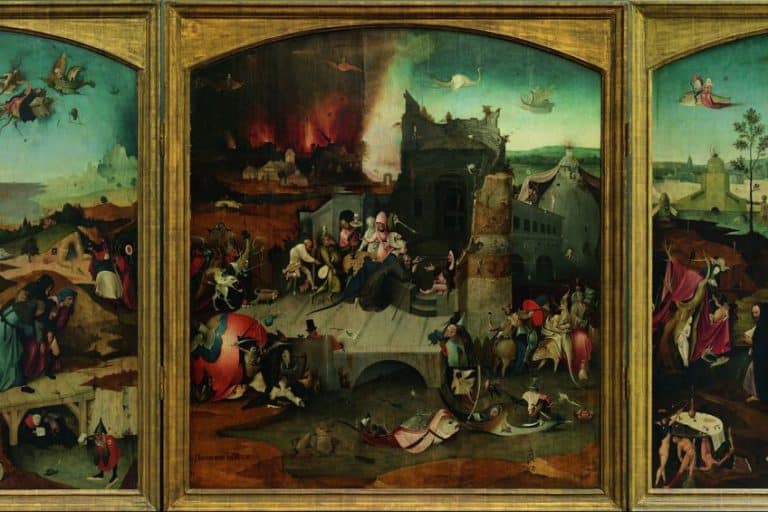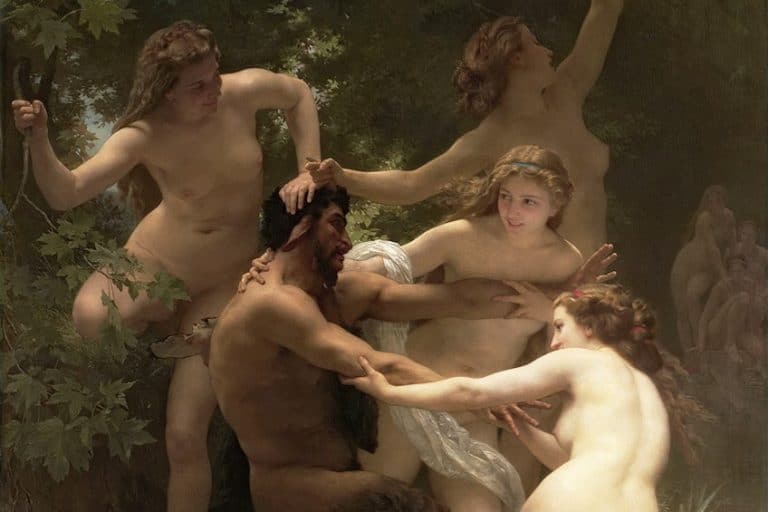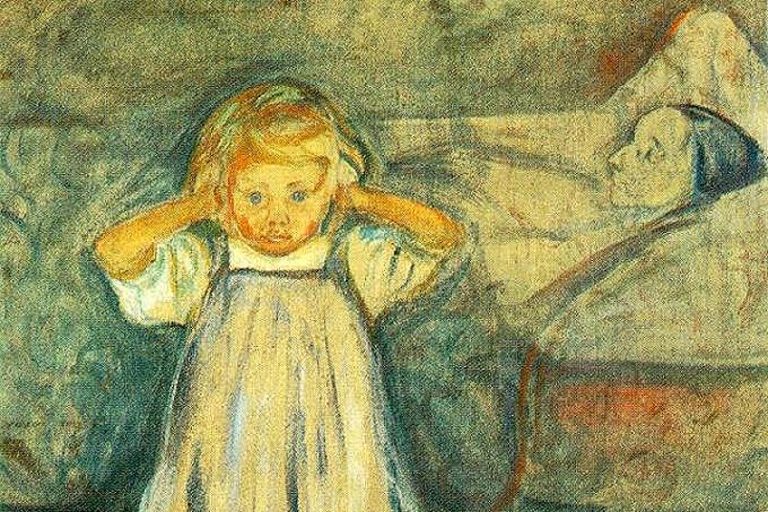“Queen Charlotte” Painting by Allan Ramsay – Fit for Royalty
Portrait paintings were important forms of art for royal families, as they created visual records and celebrations of kings and queens. Some artists were also appointed as court painters; one of which included the Scottish artist Allan Ramsay, who was a well-known portraitist for King George III and Queen Charlotte. Read more as this article explores a Queen Charlotte (1762) painting analysis.
Artist Abstract: Who Was Allan Ramsay?
Allan Ramsay was born on October 13, 1713, in Edinburgh, Scotland, and died on August 10, 1784 and died in Dover, Kent in the United Kingdom. His studies included institutions like the Academy of Saint Luke in Edinburgh and in Italy in Rome.

He was a court painter to King George III and was a prolific portrait painter, creating numerous portraits of royal figures. Near the end of his life, a dislocation of his right arm left him unable to continue painting. He also pursued other disciplines like literary and scholarly studies.
Some of his artworks include “Portrait of an African” (1757 – 1760), “George III” (c. 1762), and “Portrait of David Hume” (1766).
Queen Charlotte (1762) by Allan Ramsay in Context
| Artist | Allan Ramsay (1713 – 1784) |
| Date Painted | 1762 |
| Medium | Oil on canvas |
| Genre | Portrait painting |
| Period/Movement | Rococo art |
| Dimensions (Centimeters) | 249.0 x 161.6 x 3.0 |
| Series/Versions | Part of a collection of portraits of Queen Charlotte |
| Where Is It Housed? | Part of the Royal Collection Trust in England, the United Kingdom |
| What It Is Worth | It was commissioned by George III. The price is uncertain |
In the contextual analysis below, you will read more about who Queen Charlotte was and the collection of portraits that Scottish portraitist, Allan Ramsay, painted of her. This will be followed by a formal analysis, providing a brief overview of one example of his portraits of her, titled Queen Charlotte, from 1762, which is part of the Royal Collection Trust in the United Kingdom.
Contextual Analysis: A Brief Socio-Historical Overview
King George III, who was born in London at the Norfolk House in St. James’s Square, was married to Queen Charlotte, who was Charlotte of Mecklenburg-Strelitz. She was born in Germany and married George III in 1761.
Allan Ramsay became one of the “Principal Painters in Ordinary” for King George III, a position he reportedly started from 1761 to his death in 1784.
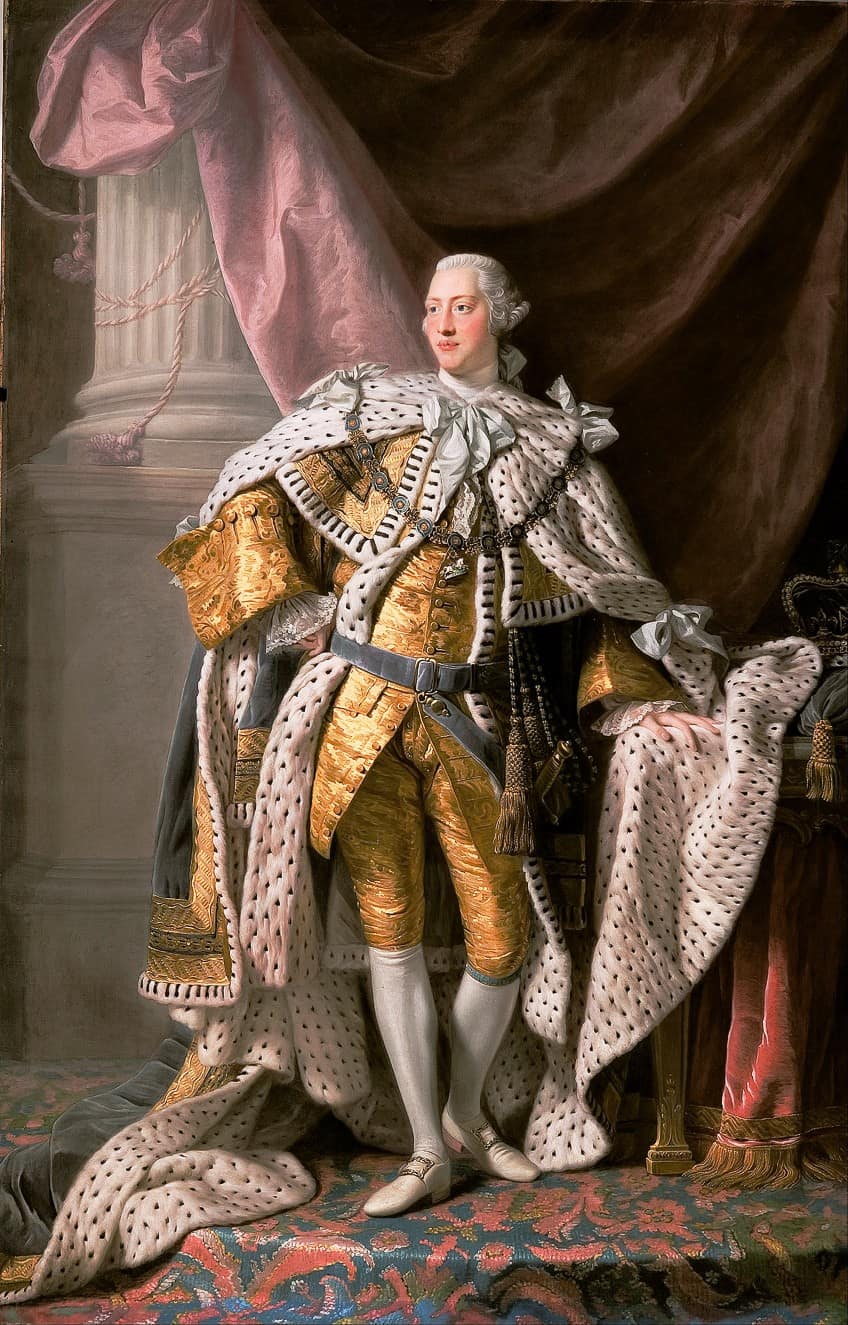
Ramsay painted a significant number of royal portraits during his time as a court painter, notably of King George III and his wife Queen Charlotte, who stood in their coronation clothing. An interesting fact about Queen Charlotte’s paintings includes the African resemblances that Allan Ramsay incorporated. This has been linked to being for political reasons and copies of the portraits were sent to various parts of the world for Abolitionist appeals.
Formal Analysis: A Brief Compositional Overview
The Queen Charlotte painting analysis below will discuss one example from Allan Ramsay’s royal collection of portraits of Queen Charlotte. It is important to note that he painted numerous iterations of her, which are all held in various locations in England and other parts of the world.

Subject Matter: Visual Description
The Queen Charlotte painting depicts a full-length portrait of the queen, who is the central figure. She is gazing at us, the viewers, with a soft smile. She is standing in her regal coronation robes; her right arm (our left) hangs at her side and her left hand (our right) is lightly touching her crown, which stands on a blue velvet and gold trimmed cushion on a table at her left side.
Her surroundings include some pieces of furniture, which appears to be her velvet-lined coronation chair behind her where the trailing train from her robe is partly draped over.
The table to her left is also covered with a deep red and velvet fabric that emphasizes the richness of the setting. Behind the queen, in the upper left corner, are deep red curtains and several columns in the background suggestive of Greek/Roman architecture. In the immediate foreground is a red and blue rug that appears to cover the platform the queen stands on.
Color
The dominant colors in the Queen Charlotte painting by Allan Ramsay include reds, blues, yellow/golds, and whites notably of the queen’s coronation robes and furniture. The background appears darker with more neutral colors like the white/beige of the columns. There are subtle contrasts between light and dark, with most of the light in the foreground on the queen. Notice how the light illuminates the column to the right in the background.

Texture
There are various implied textures that Allan Ramsay depicted in the Queen Charlotte painting, for example, the soft and sheer velvet textures of the fabrics, which subtly contrast with the harder surfaces of the columns in the background.
Notice the finer brushstrokes that create the rich decorative patterns on the queen’s coronation dress.
Line
There is a dominance of vertical lines in the Queen Charlotte painting, which are created by the queen’s posture, the folds of her dress, as well as the vertical columns in the background. There are also varieties of diagonal and horizontal lines, for example, the diagonal line of the queen’s bodice or the slight horizontal line from the table to the right.

Shape and Form
The type of shapes and forms in the Queen Charlotte painting are naturalistic, due to the more free-flowing appearance created by the Queen’s robes, fabrics, and furniture around her. There is a subtle contrast created by the more geometric cylindrical form of the columns in the background.
Space
A sense of three-dimensionality is created by placing most of the focus on the queen in the foreground. She appears clearer in view compared to the background, which is darker and hazier in view. There is also no significant detail in the background, which places all the emphasis on the foreground.

A Queenly Elegance
The Queen Charlotte painting analysis above explored just one of many portraits of Queen Charlotte. It was painted in 1762 and is part of the Royal Collection Trust in England, the United Kingdom. It is reportedly a pair with the State Portrait of George III (c. 1761 – 1762), of which both are reportedly on exhibition in The Queen’s Gallery at Buckingham Palace in London, England.
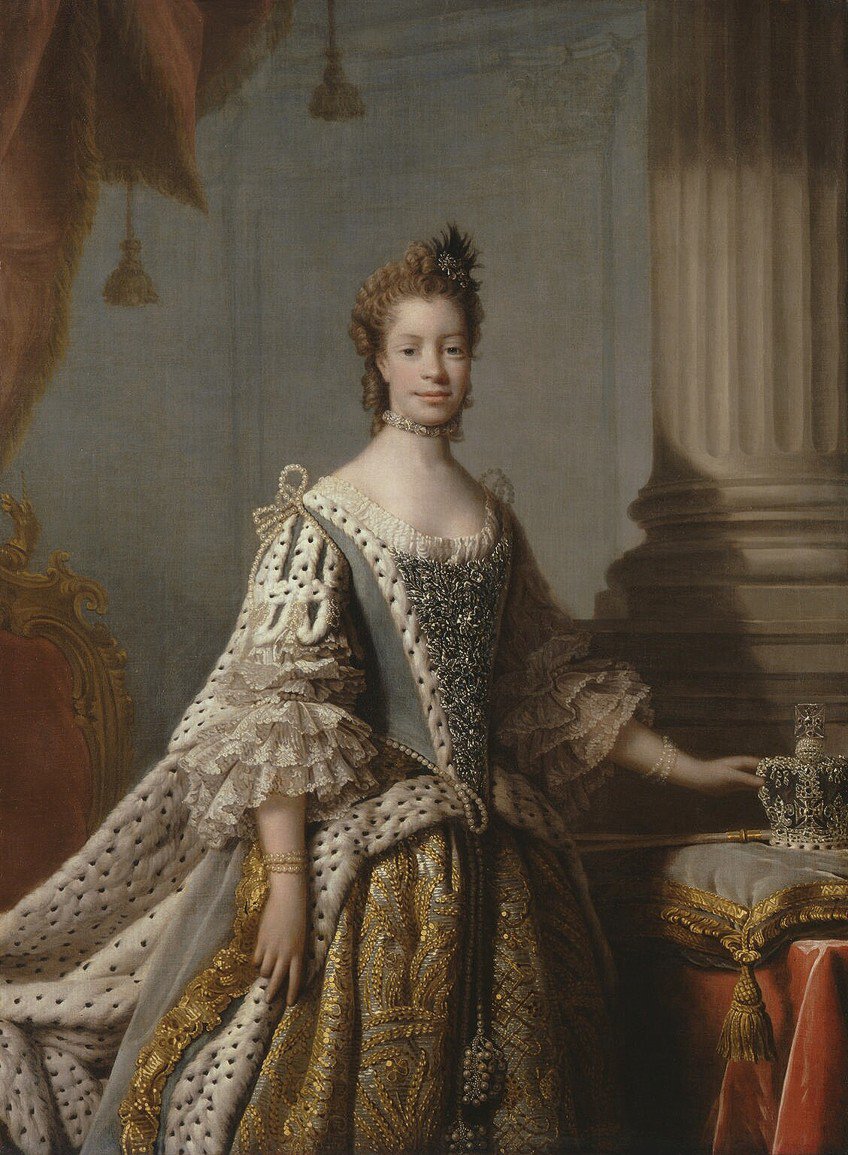
The “Queen Charlotte” painting by Allan Ramsay depicts the queen in a beautiful and regal posture, as it was only acceptable to portray a queen in her coronation robes. Also reproduced as copies for various officials, these royal portraits were significant commissions as part of Allan Ramsay’s artistic oeuvre.
Frequently Asked Questions
Who Painted the Queen Charlotte Portraits?
The Scottish portrait painter, Allan Ramsay, painted numerous portraits of Queen Charlotte and King George III. The artist was appointed court painter to King George III in 1761.
Who Was Queen Charlotte?
Queen Charlotte was the wife of King George III, who was the King of Great Britain and Ireland from 1760 to 1820. The royal couple were married from 1761 until 1818 when Queen Charlotte died.
Who Was Allan Ramsay?
Allan Ramsay was a Scottish-born artist who was well-known as a portraitist painter. He was appointed as one of the so-called Principal Painters in Ordinary for King George III, and produced numerous portrait paintings of King George III and his wife, Queen Charlotte.
Alicia du Plessis is a multidisciplinary writer. She completed her Bachelor of Arts degree, majoring in Art History and Classical Civilization, as well as two Honors, namely, in Art History and Education and Development, at the University of KwaZulu-Natal, South Africa. For her main Honors project in Art History, she explored perceptions of the San Bushmen’s identity and the concept of the “Other”. She has also looked at the use of photography in art and how it has been used to portray people’s lives.
Alicia’s other areas of interest in Art History include the process of writing about Art History and how to analyze paintings. Some of her favorite art movements include Impressionism and German Expressionism. She is yet to complete her Masters in Art History (she would like to do this abroad in Europe) having given it some time to first develop more professional experience with the interest to one day lecture it too.
Alicia has been working for artincontext.com since 2021 as an author and art history expert. She has specialized in painting analysis and is covering most of our painting analysis.
Learn more about Alicia du Plessis and the Art in Context Team.
Cite this Article
Alicia, du Plessis, ““Queen Charlotte” Painting by Allan Ramsay – Fit for Royalty.” Art in Context. September 29, 2023. URL: https://artincontext.org/queen-charlotte-painting-by-allan-ramsay/
du Plessis, A. (2023, 29 September). “Queen Charlotte” Painting by Allan Ramsay – Fit for Royalty. Art in Context. https://artincontext.org/queen-charlotte-painting-by-allan-ramsay/
du Plessis, Alicia. ““Queen Charlotte” Painting by Allan Ramsay – Fit for Royalty.” Art in Context, September 29, 2023. https://artincontext.org/queen-charlotte-painting-by-allan-ramsay/.


